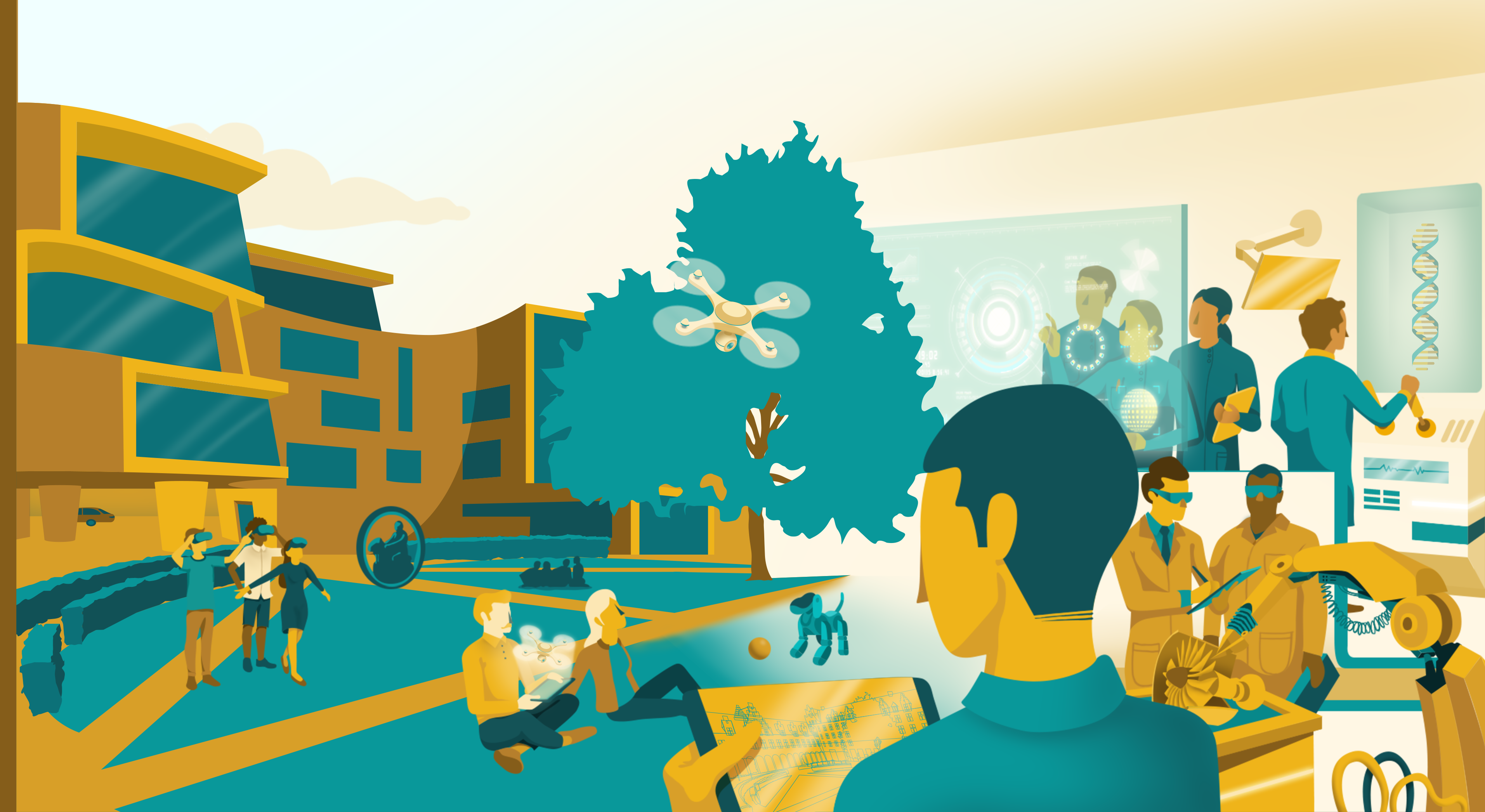Since 2000, the European Research Area (ERA) has led to important achievements in the Research and Innovation (R&I) European landscape, notably in areas such as Open Science, mobility of researchers, research infrastructures, among others. (1) However, progress has recently been slowing down, showing that improvements in key areas are needed. (2) It is in this context that the Young European Research Universities Network (YERUN) welcomed the Communication a “New ERA for Research and Innovation” and the Council Conclusions on the new ERA launched at the end of 2020. They set a direction for the future of the ERA through four strategic objectives: prioritising investments and reforms, improving access to excellence, translating R&I results into the economy, and deepening the ERA. It is now time to move from strategy to implementation, and to answer the questions: How to translate such strategic objectives into the reality of the different European R&I actors? How to ensure a strong commitment from the entire European R&I community, including national governments? How to keep track of progress and ensure an inclusive and effective governance and implementation of the ERA?
YERUN welcomes the European Commission’s recently published Pact for R&I in Europe: this is an important step forward to mobilise the entire European R&I community around key principles and values, priority areas for joint action, investment targets and monitoring mechanisms under the new ERA. Nevertheless, for the Pact to be effective, it is paramount to consider some aspects listed in this document. These refer to the implementation of the Pact for R&I, as well as to the participatory mechanisms and monitoring system related to the governance of the new ERA.










